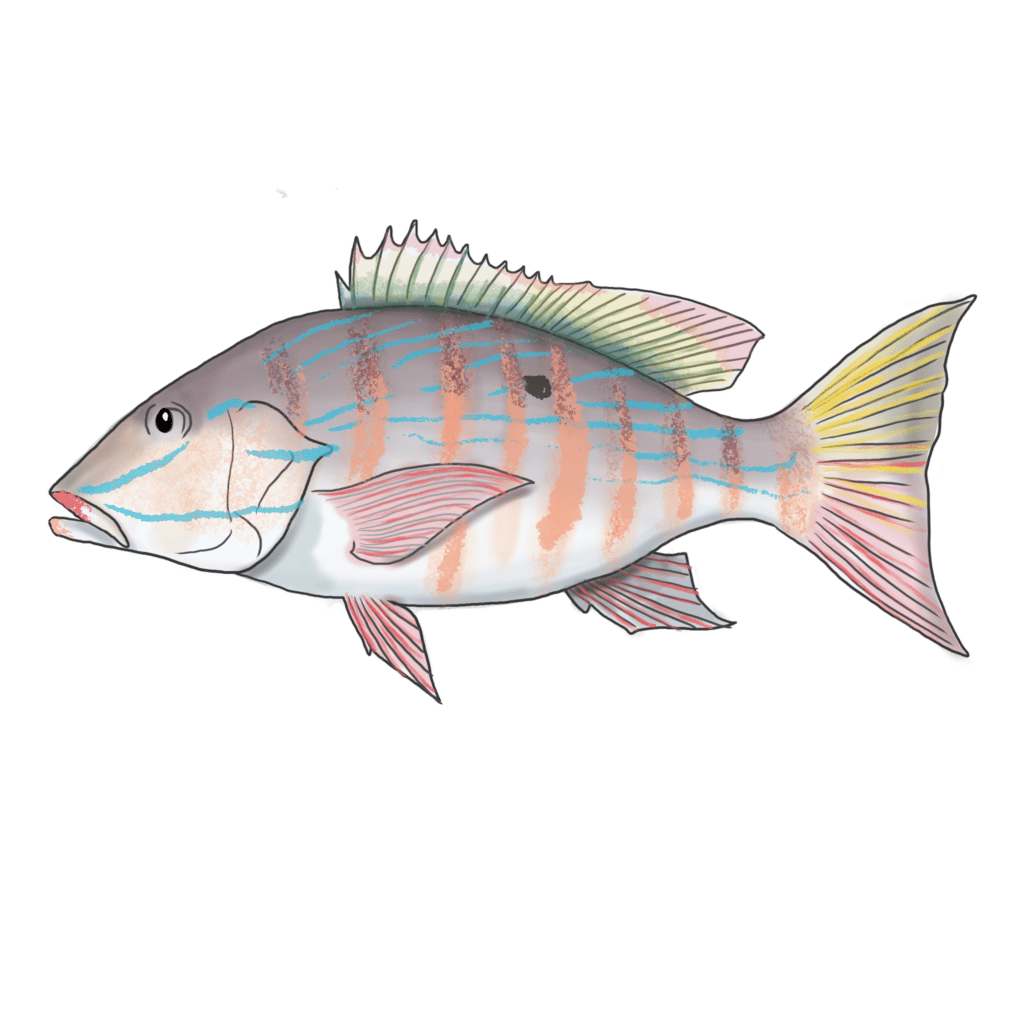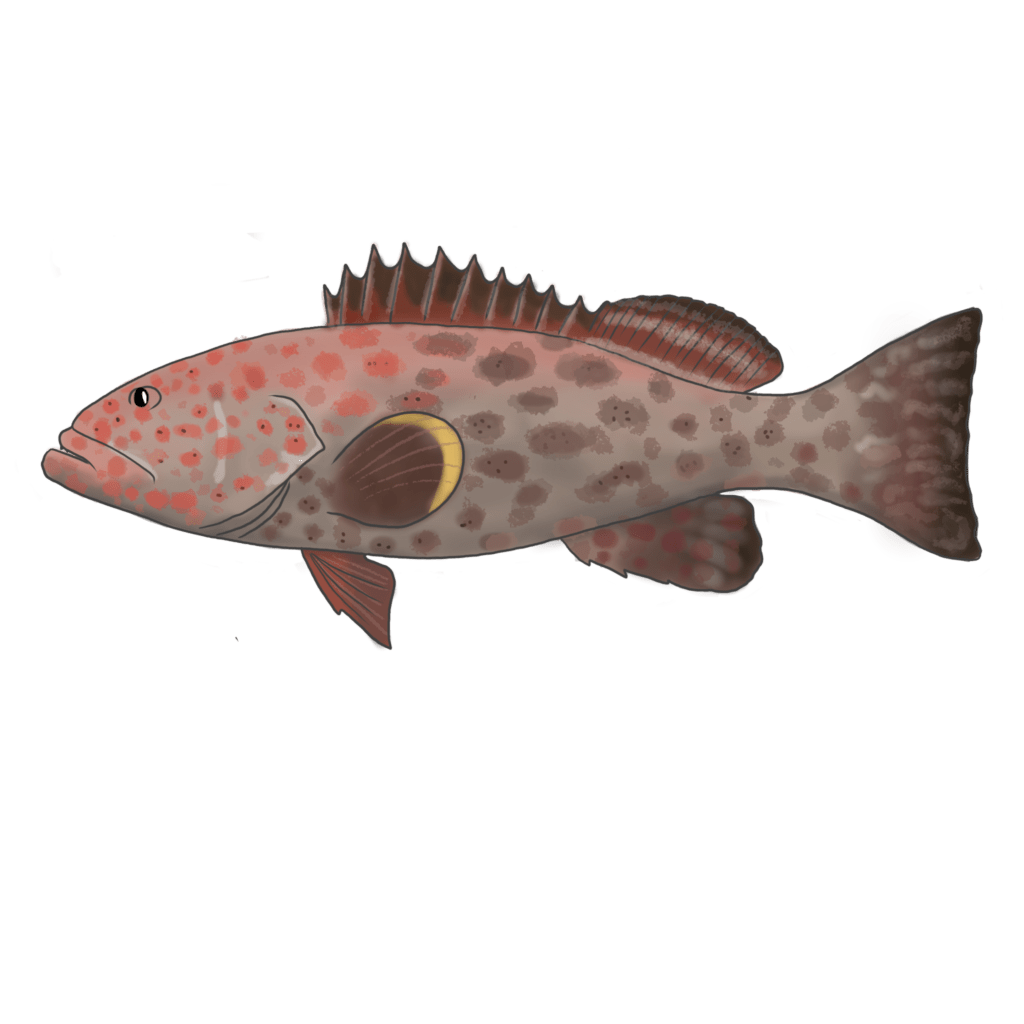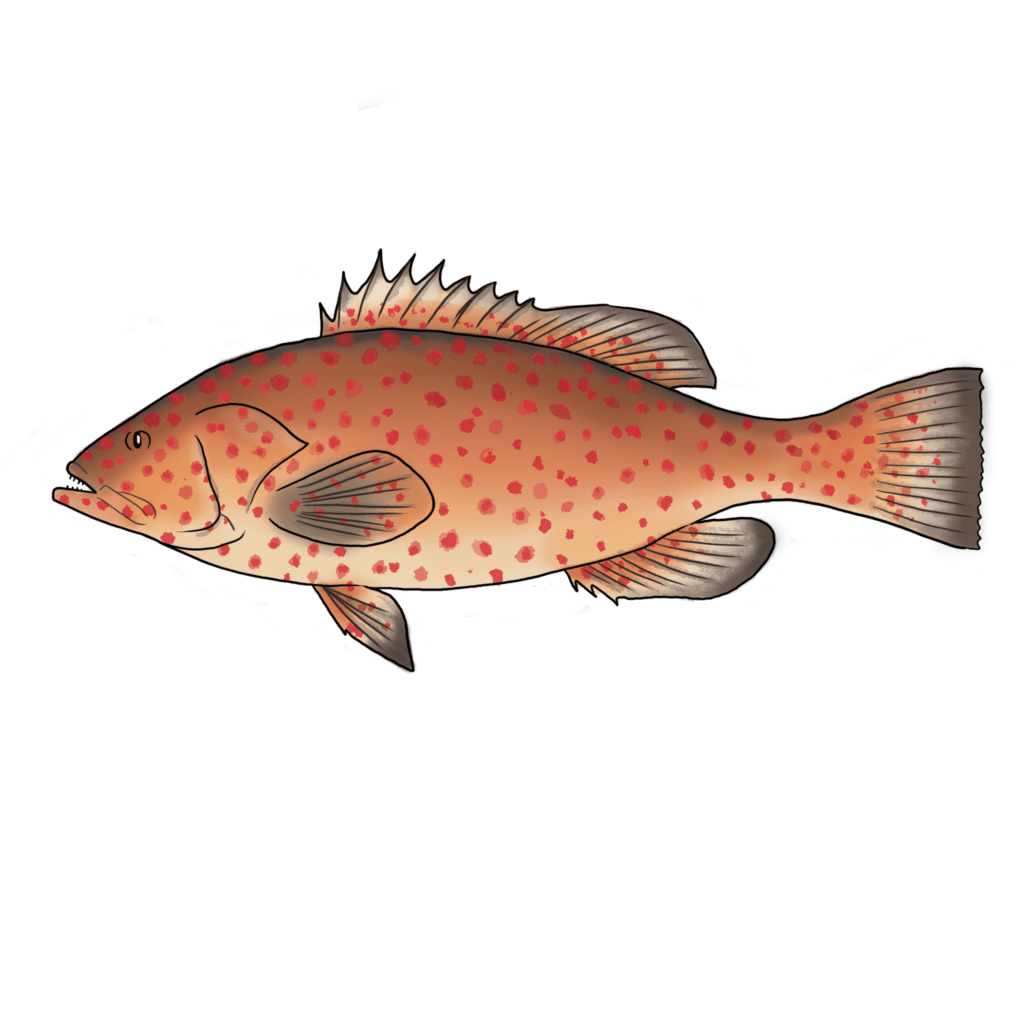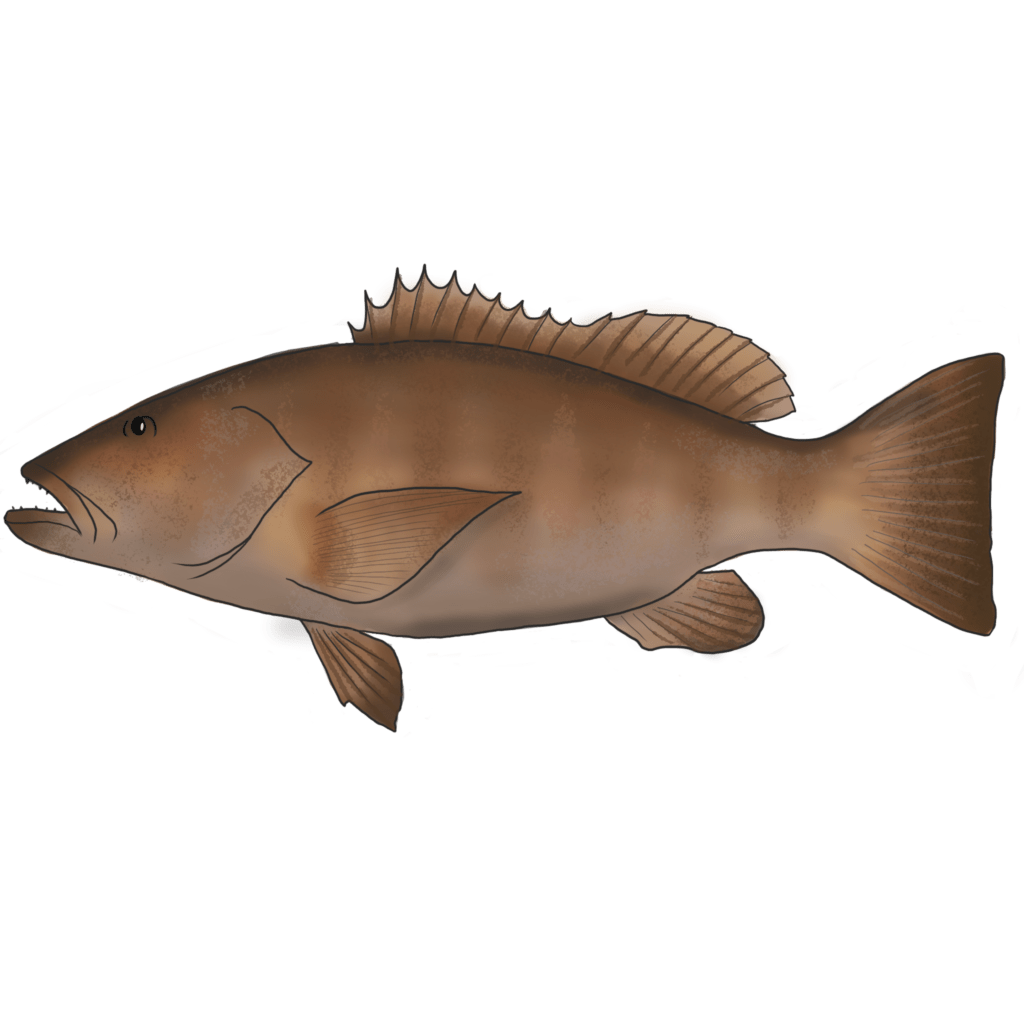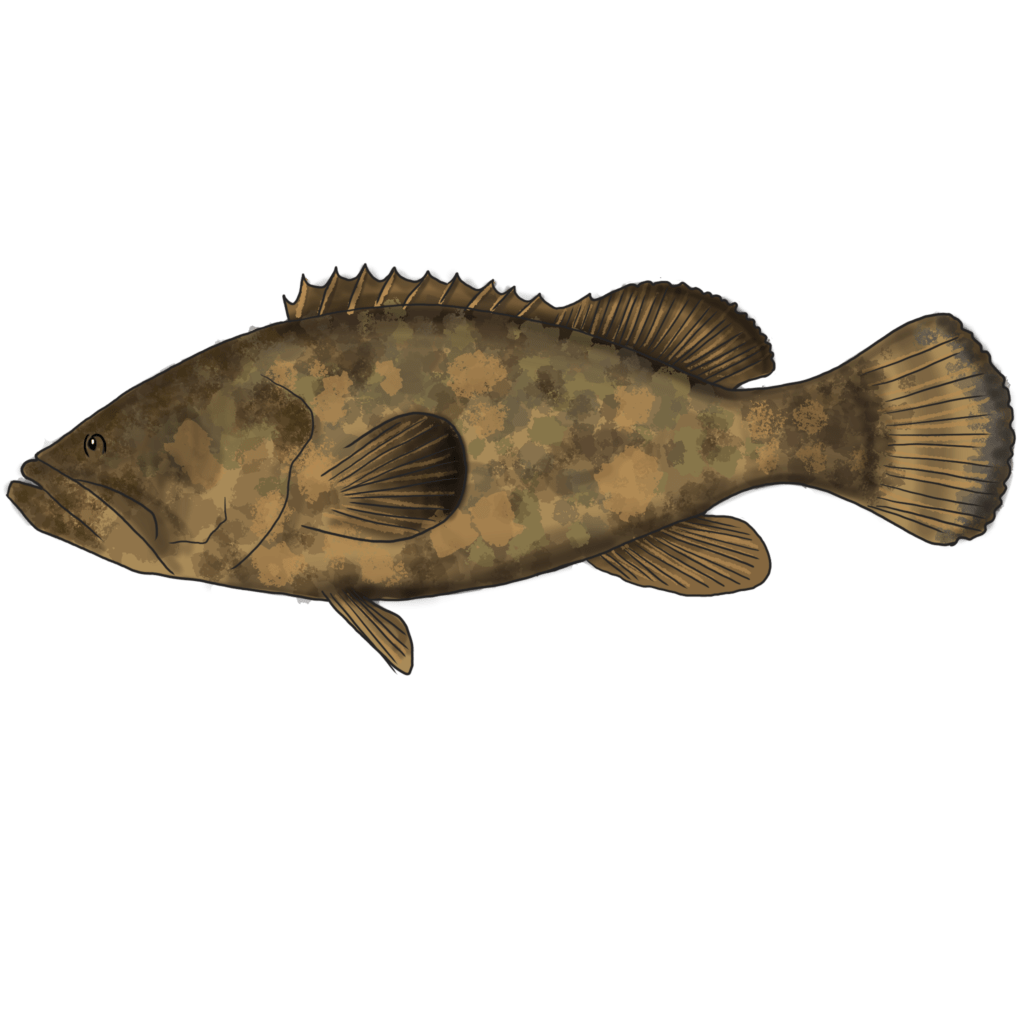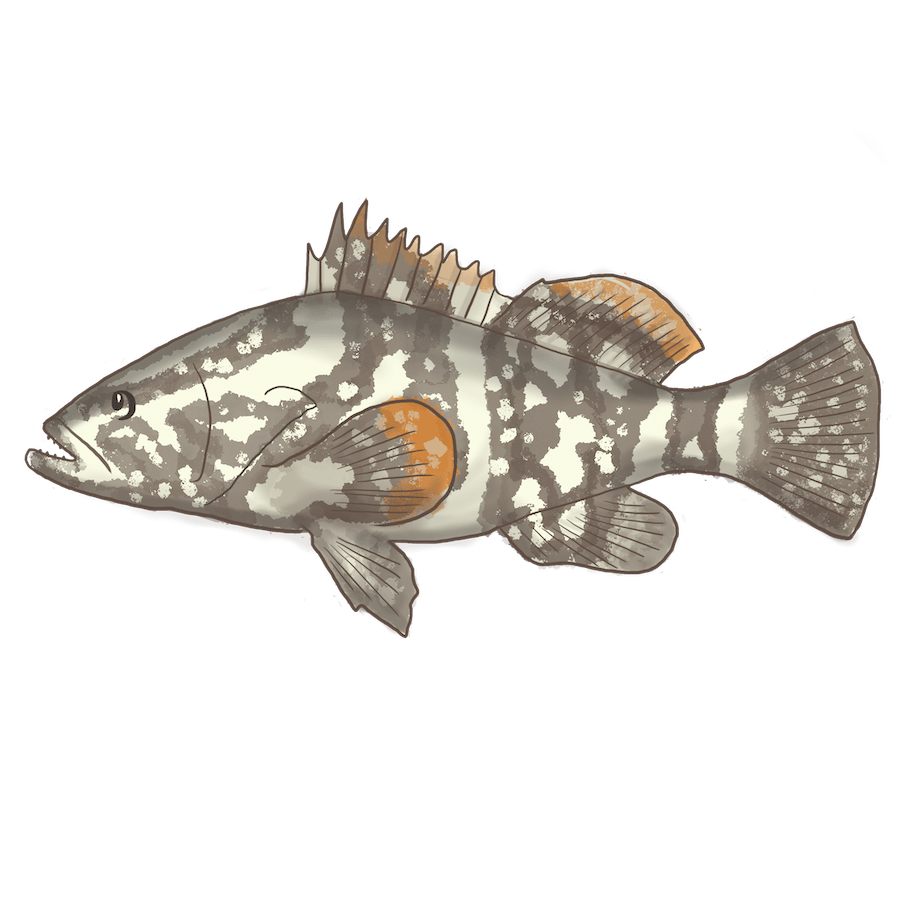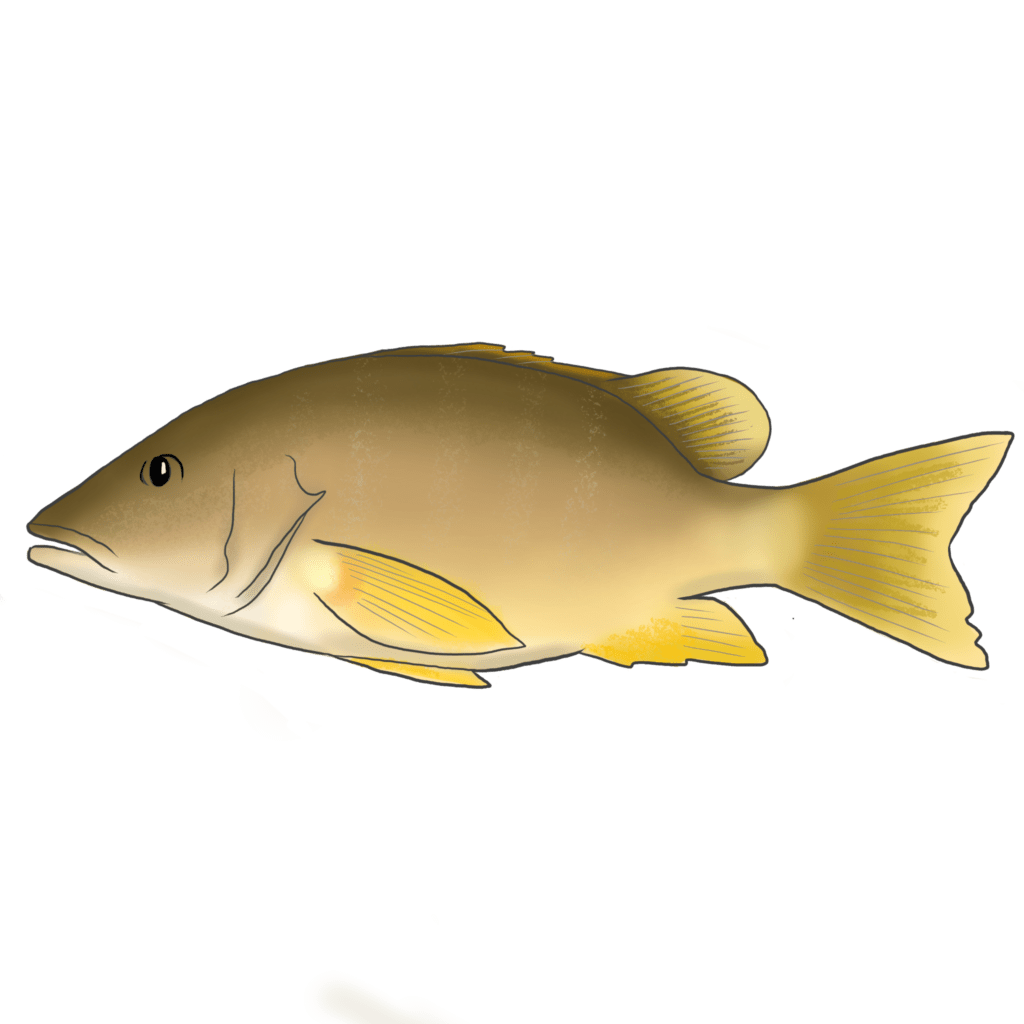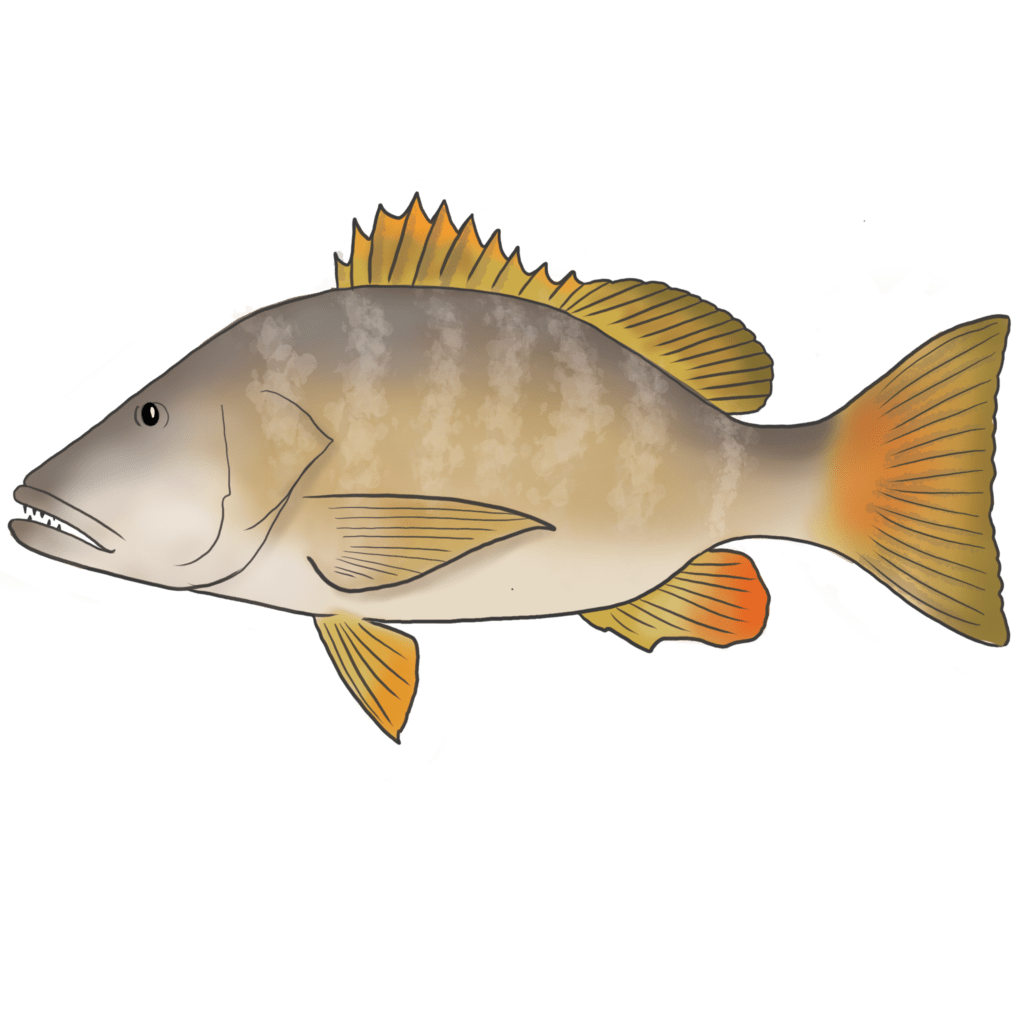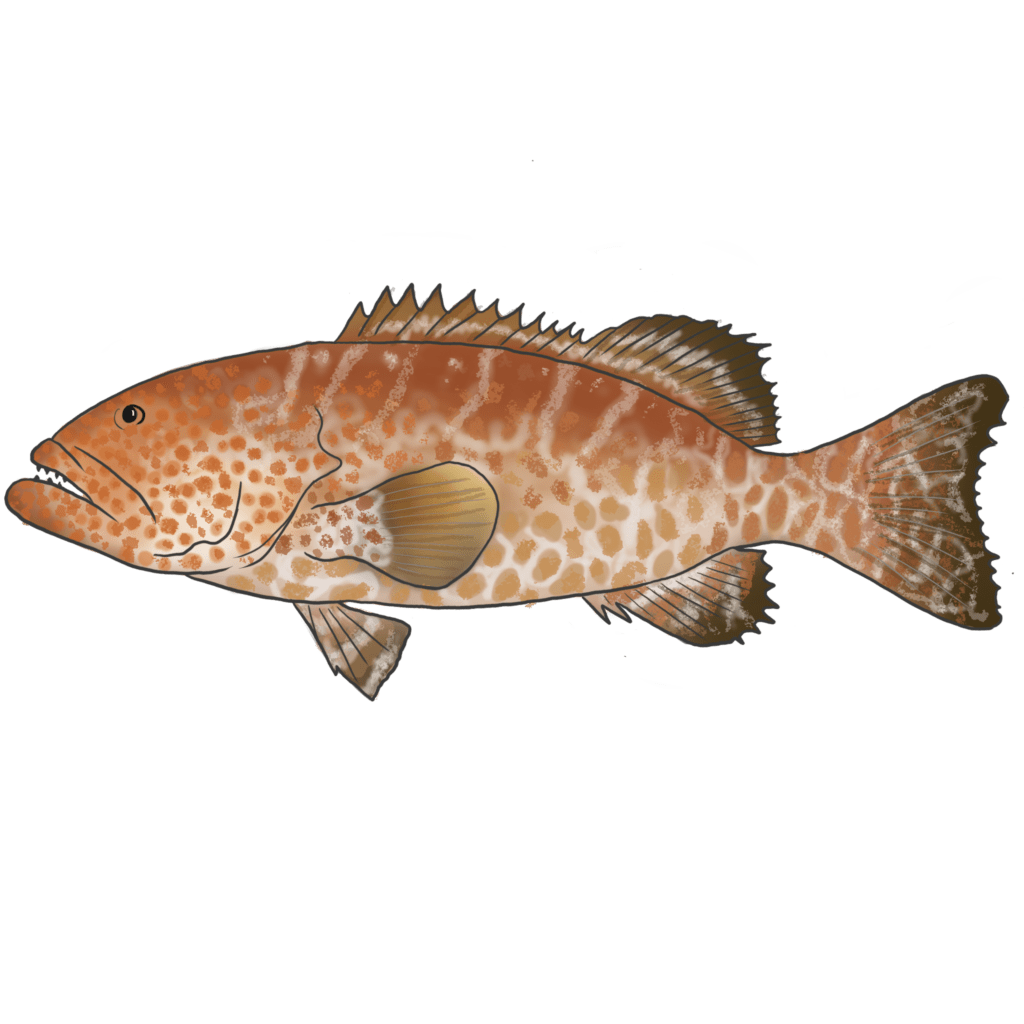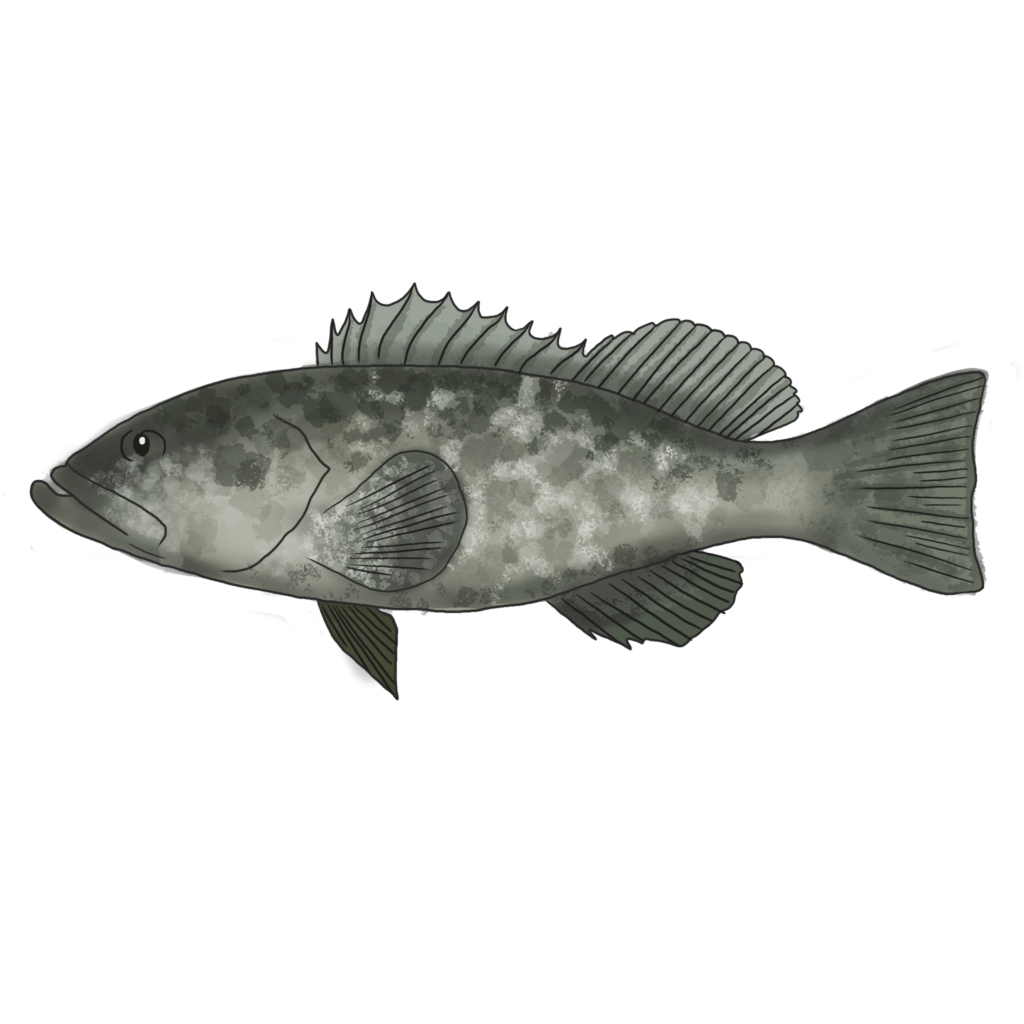We all play an important role in protecting and recovering coral reefs —both from home and while on vacation in the Caribbean. One way to do it is by protecting fish spawning aggregations of reef fish and consuming only sustainable seafood.
The most commercially important Caribbean fish gather once a year in special places of the reef to produce the next generation of fish. Unfortunately, these sites and the spawning seasons are not protected region wide.
The recovery of these species is crucial for the millions of people whose livelihoods depend on them, and are indispensable for other species and the health of the entire ecosystem. By protecting Big Fish, you protect coral reefs. And you can play a bigger part than you think. Show your love for the ocean and get involved.



